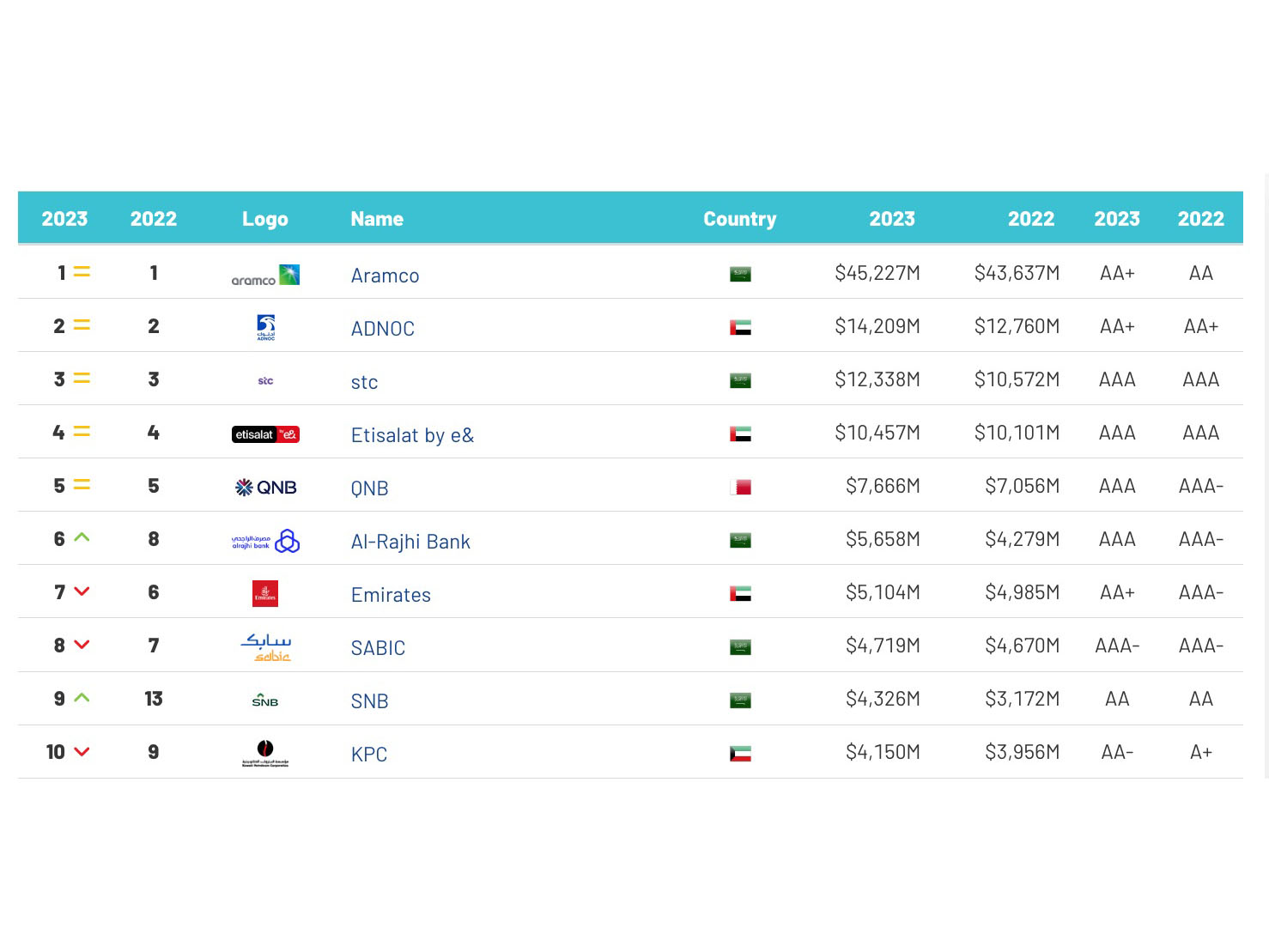News - Everything AI
From Target to Tactician: How Businesses Can Outsmart Ad Fraud in the AI Era
by Paul Wright
June 8, 2025
Ad fraud has been around for as long as digital advertising itself, but in recent years, its impact has magnified tremendously. Globally, the financial exposure of organisations due to app install fraud is an alarming US$5.4billion.
Against the background of companies being more cautious of their spending to counter the effects of economic disruptors such as tariffs, trade wars, and other uncertainty, the pressure to mitigate avoidable losses is high.
Paul Wright, General Manager Western Europe & MENAT at AppsFlyer, explains.
Unfortunately, fraudsters are unrelenting, and if anything, have only accelerated the scale and sophistication of their tactics. They now weaponize trust in digital ecosystems. They spoof legitimate brands, manipulate attribution paths, and fabricate fake clicks or installs to exploit marketers’ budgets.
The result: digital ad fraud is projected to soar from US$88 billion in 2023 to US$172 billion by 2028.
White vs Black
At one time, ad fraud schemes were crude enough to spot — a dodgy landing page, an obviously fake install. But AI has changed the game. Just as spelling errors in phishing emails are now relics of the past, ad fraudsters now use bots and automation to simulate genuine engagement. They distort metrics like clicks, installs, and conversions to trick advertisers into paying for non-existent outcomes. But while scammers can use AI to deceive, marketers can use AI to defend — and flip the script.
Fraudsters go for low-hanging fruit. If advertisers make those targets harder to reach, by securing the top of the funnel and removing financial incentives, attackers are more likely to move on. AI-driven detection systems, especially those operating at the earliest stages of the marketing funnel, can spot fraud without relying on outdated patterns or fixed signals.
As advertisers track conversion rates and in-app engagement, AI can embed itself in the attribution process to identify suspicious activity before it impacts budgets. This protects data integrity, ensuring only valid, high-quality interactions make it into performance reports. The measurement layer becomes a critical checkpoint — preventing ad fraud from polluting metrics and compromising ROI.
Early, and Effective
One of the most effective tactics against ad fraud is to block it before it begins. Pre-install detection allows marketers to intercept fraudulent activity before fake impressions or spoofed clicks ever distort campaign performance. This proactive approach means cleaner data, fewer false positives, and less need for costly post-campaign reconciliation.
Still, post-install and post-campaign analytics remain important — especially for spotting longer-term patterns like fake users with no lifetime value or similar fraudulent behaviour across multiple campaigns. These insights help marketers identify what slipped through and adapt future defences accordingly.
To support both approaches, marketers must move beyond traditional attribution models that focus solely on impressions and clicks — easy targets for bad actors. Instead, fraud detection should include qualitative signals and behavioural analysis. Genuine users are more likely to scroll, engage, or explore an app or website. When systems capture these deeper signals, they can build a contextual baseline for authentic engagement, making it easier to flag anomalies.
Once the fundamentals are in place, AI can respond in real time to new types of ad fraud. Marketing teams gain visibility into fraudulent signals within hours — not days — giving them the power to act swiftly and protect budgets before further damage occurs.
Tricks and Traps
Modern AI tools bring serious advantages. They use techniques like Bayesian analysis — constantly updating probabilities based on new data — to detect ad fraud up to eight times faster than humans. And with automated responses built into a solid governance framework, companies can scale protection without losing control. This reduces campaign disruption and shields ROI.
AI-based systems will continue to evolve — learning from each interaction, identifying new types of invalid traffic, and adjusting detection algorithms accordingly. But human oversight will remain essential. Experts must guide these systems, monitor for model drift, and ensure that adaptive AI continues to serve marketers’ goals.
Eventually, these fraud-prevention systems will become foundational in the wider ad-tech ecosystem. We’ll see more upstream interventions — like impression filtering in walled gardens or clean rooms — to protect the top of the funnel before fraudulent actors can even enter. Mobile advertising is the current battleground, but connected TV (CTV), retail media networks (RMNs), and other channels are following. The same tools and strategies will be key to building a transparent and accountable supply chain.
This is what modern ad fraud prevention looks like: a protected measurement layer, prioritised pre-install detection, contextualised baselines for user behaviour, and AI as a real-time detective. Marketers that embrace this strategy will be better equipped to navigate the evolving fraud landscape, block bad actors, and invest with greater confidence in new channels and audience segments.









